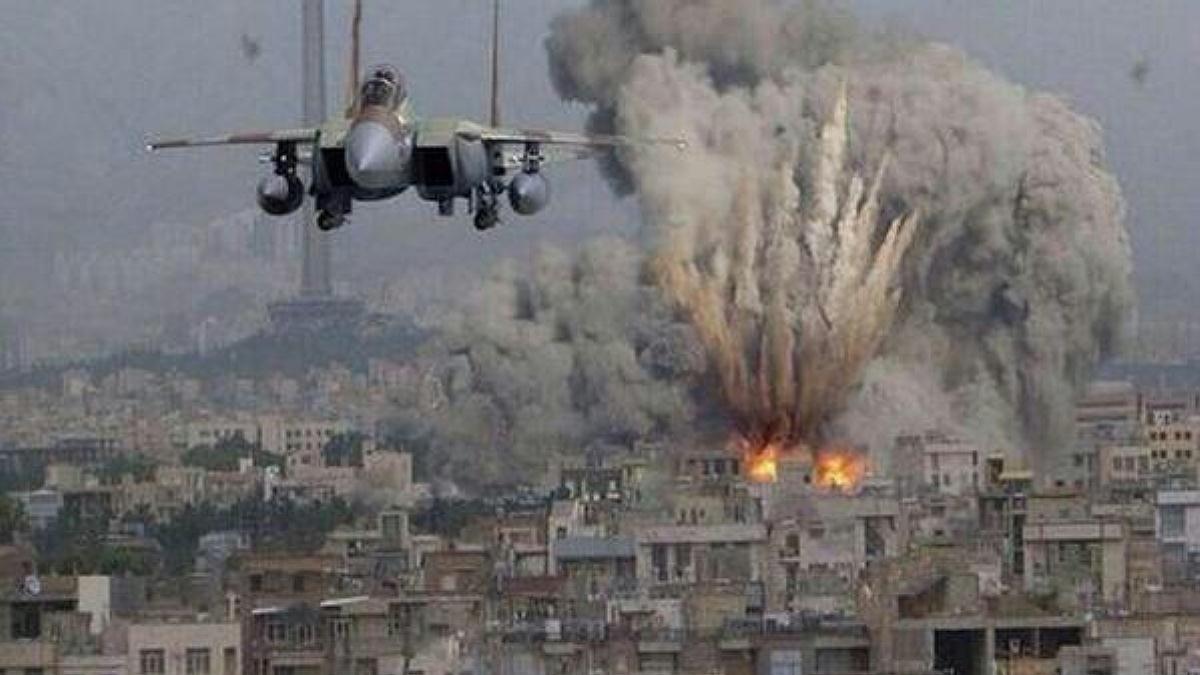By David Wood, Aeon Magazine, July 24, 2013
 ‘Hold back the talons of your paws/Let me gaze into your beautiful eyes.’ Charles Baudelaire, ‘Le Chat’. Photo by Gallery Stock |
Saturday was a small snake. Each morning for six days, Berzerker — half-Siamese, half-streetcat, with charcoal fur and a pure white undercoat — had deposited a new creature on the doormat. On this last day, the snake was as stiff as a twig; rigor mortis had already set in. I wondered if there was a mortuary under the porch, a cold slab on which the week’s offerings had been laid out. What were these ritualistic offerings all about? Gift, placation, or proof of lethal skill? Who knows. On the seventh day he rested.
When I look at any one of my three cats — when I stroke him, or talk to him, or push him off my yellow pad so I can write — I am dealing with a distinct individual: either Steely Dan Thoreau, or (Kat) Mandu, or Kali. Each cat is unique. All are ‘boys’, as it happens. All rescued from the streets, neutered and advertised as mousers, barn cats: ‘They will never let you touch them,’ I was told. Each cat is a singular being — a pulsing centre of the universe — with this colour eyes, this length and density of fur, this palate of preferences, habits and dispositions. Each with his own idiosyncrasies.
At first, they were truly untouchable, hissing and spitting. A few weeks later, after mutual outreaching, they were coiling around my neck, with heavy purring and nuzzling. They do indeed hang out in my barn — I live on a farm — and are always pleased to see me at their daily feed. Steely Dan, unlike the other two, will walk with me for miles. Just for the company, I suspect. Occasionally he will turn up at the house and demand to be let in. He is a favourite among my friends for his free dispensing of affection. But the rift between our worlds opens wide again when he shreds the faux leather sofa with his claws. When scolded, he is insouciant.
Since the Egyptians first let the wild Mau into their homes, cats and humans have co-evolved. We have, without doubt, been brutal — eliminating kittens of the wrong stripe, as well as couch-potato cats that gave the rats a pass, cats that could not be trained, and cats that refused our advances. My Steely Dan, steely eyed professional killer of birds and mice (and snakes, lizards, young rabbits, voles, and chipmunks), lap-lover, walking companion extraordinaire, is the product of trial by compatibility. This sounds like a recipe for compliance: domestication should have rooted out the otherness of the feline. But it did not.
The Egyptians domesticated Felis silvestris catus 10,000 years ago and valued its services in patrolling houses against snakes and rodents. But later they deified it, even mummifying cats for the journey into the afterlife. These days we don’t typically go that far — though cats and cat shelters are frequently the subjects of bequests. We remain fascinated both by our individual cats and cats as a species. They are a beloved topic for publishers, calendars and cartoons. Cats populate the internet: there are said to be 110,000 cat videos on YouTube. Lolcats tickle us at every turn. But isn’t there something profoundly unsettling about the whiskered cat lying on a laptop (or somesuch), speaking its bad English? Lolcats make us laugh, but the need to laugh intimates disquiet somewhere.
Perhaps because we selected cats for their internal contradictions — friendly to us, deadly to the snakes and rodents that threatened our homes — we shaped a creature that escapes our gaze, that doesn’t merely reflect some simple design goal. One way or another, we have licensed a being that displays its ‘otherness’ and flaunts its resistance to human interests. This is part of the common view of cats: we value their independence. From time to time they might want us, but they don’t need us. Dogs, by contrast, are said to be fawning and needy, always eager to please. Dogs confirm us; cats confound us. And in ways that delight us.
In welcoming one animal to police our domestic borders against other creatures that threatened our food or health, did we violate some boundary in our thinking? Such categories are ones we make and maintain without thinking about them as such. Even at this practical level, cats occupy a liminal space: we live with ‘pets’ that are really half-tamed predators.
From the human perspective, cats might literally patrol the home, but more profoundly they walk the line between the familiar and the strange. When we look at a cat, in some sense we do not know what we are looking at. The same can be said of many non-human creatures, but cats are exemplary. Unlike insects, fish, reptiles and birds, cats both keep their distance and actively engage with us. Books tell us that we domesticated the cat. But who is to say that cats did not colonise our rodent-infested dwellings on their own terms? One thinks of Ruduyard Kipling’s story ‘The Cat That Walked by Himself’ (1902), which explains how Man domesticated all the wild animals except for one: ‘the wildest of all the wild animals was the Cat. He walked by himself, and all places were alike to him.’
Michel de Montaigne, in An Apology for Raymond Sebond (1580), captured this uncertainty eloquently. ‘When I play with my cat,’ he mused, ‘how do I know that she is not playing with me rather than I with her?’ So often cats disturb us even as they enchant us. We stroke them, and they purr. We feel intimately connected to these creatures that seem to have abandoned themselves totally to the pleasures of the moment. Cats seem to have learnt enough of our ways to blend in. And yet, they never assimilate entirely. In a trice, in response to some invisible (to the human mind, at least) cue, they will leap off our lap and re-enter their own space, chasing a shadow. Lewis Carroll’s image of the smile on the face of the Cheshire cat, which remains even after the cat has vanished, nicely evokes such floating strangeness. Cats are beacons of the uncanny, shadows of something ‘other’ on the domestic scene.
Our relationship with cats is an eruption of the wild into the domestic: a reminder of the ‘far side’, by whose exclusion we define our own humanity. This is how Michel Foucault understood the construction of ‘madness’ in society — it’s no surprise then that he named his own cat Insanity. Cats, in this sense, are vehicles for our projections, misrecognition, and primitive recollection. They have always been the objects of superstition: through their associations with magic and witchcraft, feline encounters have been thought to forecast the future, including death. But cats are also talismans. They have been recognised as astral travellers, messengers from the gods. In Egypt, Burma and Thailand they have been worshipped. Druids have held some cats to be humans in a second life. They are trickster figures, like the fox, coyote and raven. The common meanings and associations that they carry in our culture permeate, albeit unconsciously, our everyday experience of them.
But if the glimpse of a cat can portend the uncanny, what should we make of the cat’s own glance at us? As Jacques Derrida wondered: ‘Say the animal responded?’ If his cat found him naked in the bathroom, staring at his private parts — as discussed in Derrida's 1997 lecture The Animal That Therefore I Am — who would be more naked: the unclothed human or the never clothed animal? To experience the animal looking back at us challenges the confidence of our own gaze — we lose our unquestioned privilege in the universe. Whatever we might think of our ability to subordinate the animal to our categories, all bets are off when we try to include the animal’s own perspective. That is not just another item to be included in our own world view. It is a distinctive point of view — a way of seeing that we have no reason to suppose we can seamlessly incorporate by some imaginative extension of our own perspective.
This goes further than Montaigne’s musings on who is playing with whom. Imaginative reversal — that is, if the cat is playing with us — would be an exercise in humility. But the dispossession of a cat ‘looking back’ is more disconcerting. It verges on the unthinkable. Perhaps when Ludwig Wittgenstein wrote (of a larger cat) in Philosophical Investigations (1953) that: ‘If a lion could talk we would not understand him,’ he meant something similar. If a lion really could possess language, he or she would have a relation to the world that would challenge our own, without there being any guarantee of translatability. Or if, as T S Eliot suggested in Old Possum’s Book of Practical Cats (1939), cats named themselves as well as being given names by their owners (gazed on by words, if you like), then the order of things — the human order — would be truly shaken.
Yet the existence of the domestic cat rests on our trust in them to eliminate other creatures who threaten our food and safety. We have a great deal invested in them, if now only symbolically. Snakebites can kill, rats can carry plague: the threat of either brings terror. Cats were bred to be security guards, even as their larger cousins still set their eyes on us and salivate. We like to think we can trust cats. But if we scrutinise their behaviour, our grounds for doing so evaporate.
It is something of an accident that a cat’s lethal instincts align with our interests. They seem recklessly unwilling to manage their own boundaries. Driven as they are by an unbridled spirit of adventure (and killing), they do not themselves seem to have much appreciation of danger. Even if fortune smiles upon them — they are said to have nine lives, after all — in the end, ‘curiosity kills the cat’. Such protection as cats give us seems to be a precarious arrangement.
No story of a cat’s strangeness would be complete without touching on the tactile dimension. We stroke cats, and they lick us, coil around our legs, nuzzle up to us and pump our flesh. When aroused, they bite and plunge their claws innocently and ecstatically through our clothes into our skin. Charles Baudelaire expresses this contradictory impulse, somewhere between desire and fear, in his poem ‘Le Chat’ (1857): ‘Hold back the talons of your paws/Let me gaze into your beautiful eyes.’ A human lover would be hard put to improve on a normal cat’s response to being stroked. Unselfconscious self-abandonment, unmistakable sounds of appreciation, eyes closing in rapture, exposure of soft underbelly. Did the human hand ever find a higher calling? Baudelaire continues: ‘My hand tingles with the pleasure/Of feeling your electric body’. It feels like communion, a meeting of minds (or bodies), the ultimate in togetherness, perhaps on a par with human conjugal bliss (and simpler).
But the claws through the jeans give the game away. The cat is not exploring the limits of intimacy with a dash of pain, a touch of S&M. He is involuntarily extending his claws into my skin. This is not about ‘us’, it’s about him, and perhaps it always was — the purring, the licking, the pumping. Cats undermine any dream of perfect togetherness. Look into the eyes of a cat for a moment. Your gaze will flicker between recognising another being (without quite being able to situate it), and staring into a void. At this point, we would like to think — well, that’s because she or he is a cat. But cannot the same thing happen with our friend, or child, or lover? When we look in the mirror, are we sure we know who we are?
Witch’s cats were called familiars, an oddly suitable term for cats more generally — the strange at the heart of the familiar, disturbing our security even as they police it and bring us joy. They are part of our symbolic universe as well as being real physical creatures. And these aspects overlap. Most cats are unmistakably cut from the same cloth. But this only raises more intensely the question of this cat, its singular irreplaceability. I might well be able to replace Steely as a mouser, to find another sharp set of teeth. Steely II might equally like his tummy rubbed and press his claws into my flesh. And to my chagrin, Steely I and Steely II could each offer themselves in this way to my friends, as if I were replaceable. I was once offered a replacement kitten shortly after my ginger cat Tigger died. I was so sad that I toyed with the idea of giving the kitten the same name, and pretending that Tigger had simply been renewed. In the end, I could not. But the temptation was real.
To quote Eliot again:
You may think at first I’m as mad as a hatter
When I tell you a cat must have THREE DIFFERENT NAMES.
First of all, there’s the name that the family use daily
But I tell you, a cat needs a name that’s particular,
A name that’s peculiar, and more dignified,
But above and beyond there’s still one name left over,
And that is the name that you never will guess;
The name that no human research can discover —
But THE CAT HIMSELF KNOWS, and will never confess.
Cats, one at a time, as our intimates, our familiars, as strangers in our midst, as mirrors of our co-evolution, as objects of exemplary fascination, pose for us the question: what is it to be a cat? And what is it to be this cat? These questions are contagious. As I stroke Steely Dan, he purrs at my touch. And I begin to ask myself more questions: to whom does this appendage I call my hand belong? What is it to be human? And who, dear feline, do you think I am?
David Wood is W. Alton Jones Professor of Philosophy at Vanderbilt University, Nashville. His books include Time After Time (2007). He is also an earth artist and runs Yellow Bird sculpture park.






